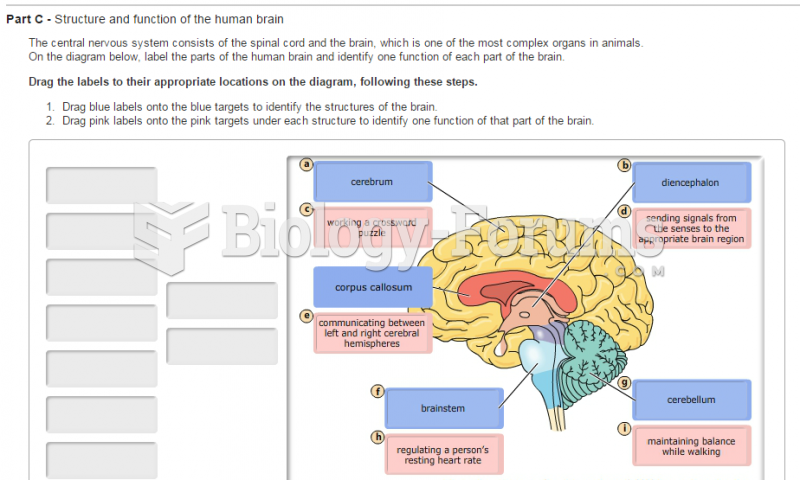Answer to Question 1
Human safeguards involve the people and procedure components of information systems. In general, human safeguards result when authorized users follow appropriate procedures for system use and recovery. Restricting access to authorized users requires effective authentication methods and careful user account management. In addition, appropriate security procedures must be designed as part of every information system, and users should be trained on the importance and use of those procedures.
The various human safeguards for employees are:
Position DefinitionsIt is impossible to have effective human safeguards unless job tasks and responsibilities are clearly defined for each employee position. In general, job descriptions should provide a separation of duties and authorities.
Hiring and ScreeningSecurity considerations should be part of the hiring process. When hiring for high-sensitivity positions, extensive interviews, references, and background investigations are appropriate.
Dissemination and EnforcementEmployee s need to be trained on security policies, procedures, and the responsibilities they will have. Employee security training begins during new-employee training, with the explanation of general security policies and procedures. That general training must be amplified in accordance with the position's sensitivity and responsibilities.
TerminationCompanie s also must establish security policies and procedures for the termination of employees. Standard human resources policies should ensure that system administrators receive notification in advance of the employee's last day, so that they can remove accounts and passwords. Procedures for recovering keys for encrypted data and any other security assets must be part of the employee's out-processing.
Answer to Question 2
The three primary activities in the BI process are: acquire data, perform analysis, and publish results. Data acquisition is the process of obtaining, cleaning, organizing, relating, and cataloging source data. BI analysis is the process of creating business intelligence. The four fundamental categories of BI analysis are reporting, data mining, BigData, and knowledge management. Publish results is the process of delivering business intelligence to the knowledge workers who need it. Push publishing delivers business intelligence to users without any request from the users; the BI results are delivered according to a schedule or as a result of an event or particular data condition. Pull publishing requires the user to request BI results. Publishing media include print as well as online content delivered via Web servers, specialized Web servers known as report servers, and BI results that are sent via automation to other programs.







